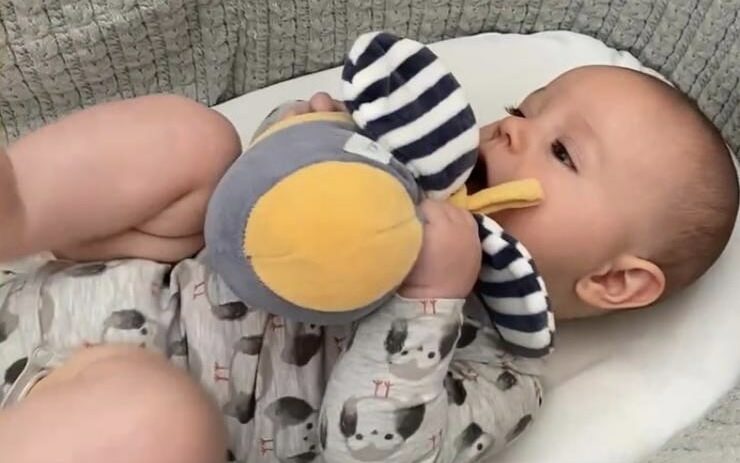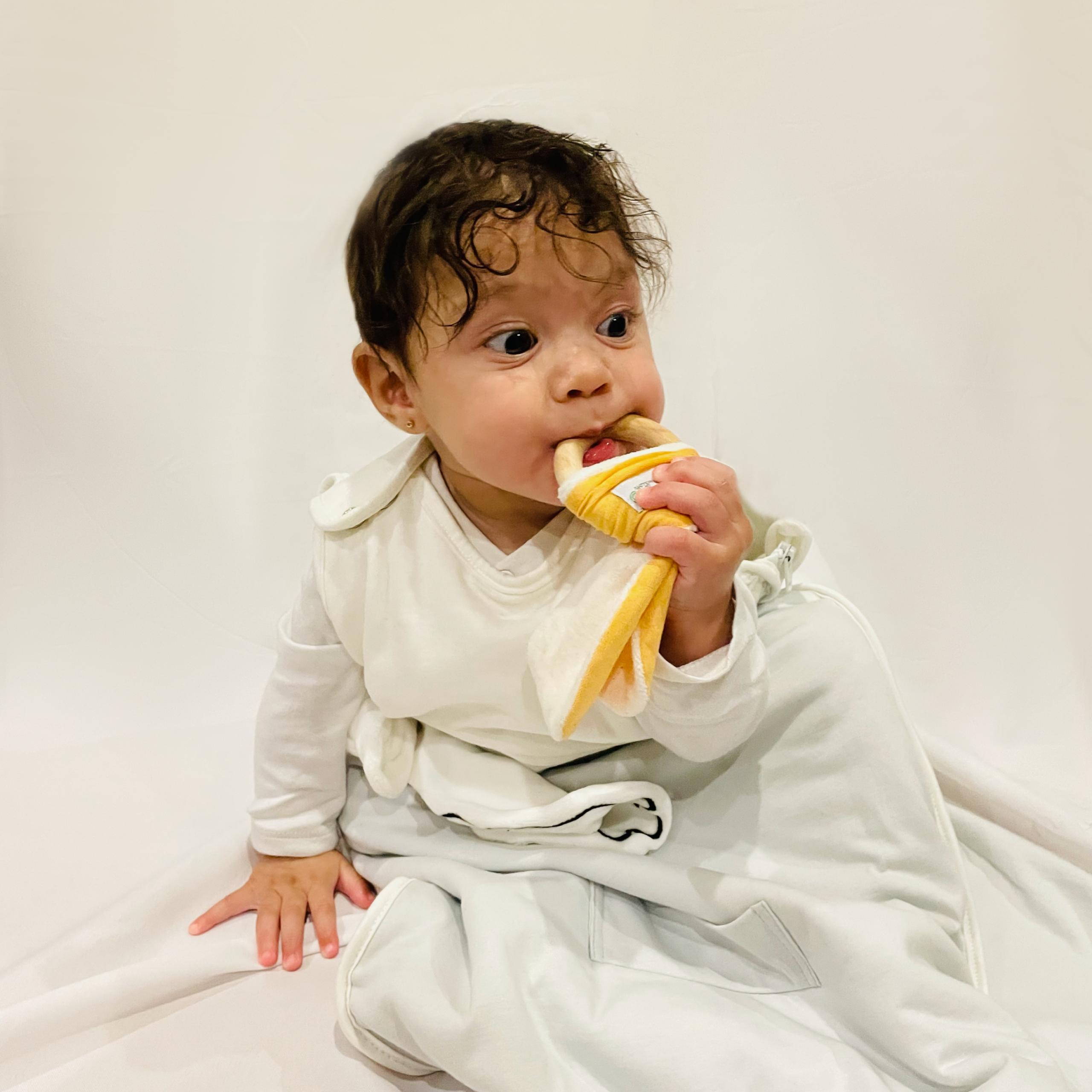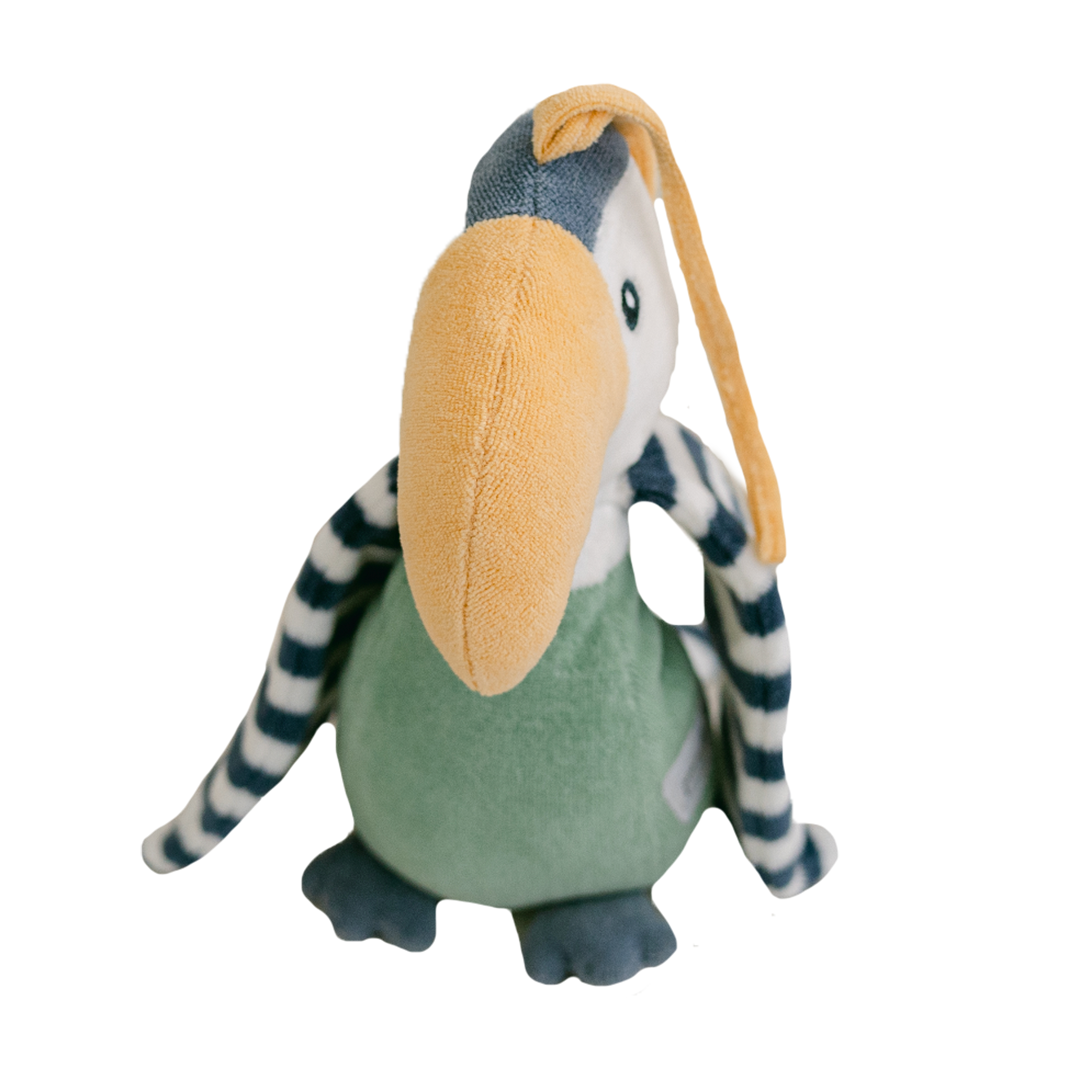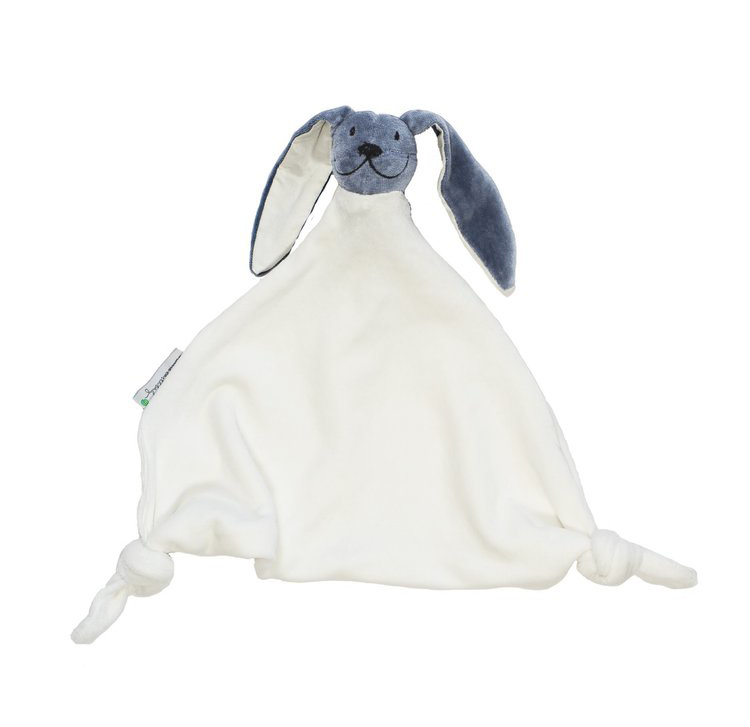When babies start putting everything in their mouths it’s important to be aware of what’s dangerous and what’s safe for them to chew on. By around 6 months old babies use their mouths as their main form of sensory discovery. They will start to put almost everything in their mouths to help them learn about shape, textures, density and taste. Known as ‘mouthing’, it’s actually a sign of healthy cognitive development. So, if you’re baby’s putting everything in their mouths then they’re doing exactly what they should be doing at this age. At around 2 years old children start to use their fingers more to discover the world around them and by the age of three, most children will stop using their mouths for sensory discovery.

When you see the first signs of mouthing it’s super important to make sure everything your baby gets hold of is safe and chemical free to make sure they are not ingesting any nasties. For this reason, there are regulations around baby toys aimed at children under 3 years old – with certain toxins tested for to make sure they’re not present. Unfortunately, these regulations are not strict enough, and they’re also not totally up to date with the latest research into microplastics and what they’re doing to human health. So there are a few extra things you need to consider to make sure your baby’s not sucking on chemical-filled toys. The four main things to keep in mind are:
1. Look at labels
If a toy says it’s only suitable for 3+ then it’s likely this toy contains chemcials which aren’t safe to be chewed on, or small parts / choking hazzards. Make sure you choose age appropriate toys for safety reasons;
2. Make sure all your toys have the CE certification, and don’t ever buy toys on Amazon
Toys sold on Amazon don’t have to be regulated to UK standards and therefore often contain huge amounts of contaminants. In 2019, a Dispatches documentary looked into this and found the chemical DEHP (a type of phthalate) in many toys sold on Amazon – some of which contained 500x more than the UK-allowed ‘safe’ legal limit of DEHP. Children are exposed to these chemicals when they chew on the toys, and they can also absorb DEHP through their skin just by holding the toys. All of these toys were marketed as ‘non-toxic’ online.
3. Avoid all polyester soft toys (and other synthetic fabrics)
Babies are ingesting 200x more microplastics relative to their body weight than adults, and this is directly linked to the amount of synthetic materials used in baby products. Polyester sheds thousands of microplastics when it’s sucked on – once inside the body these plastics start to break down, releasing harmful chemicals which have been linked to sever health issues, hormone disruption and major diseases. Microplastics in the gut have also been linked to autism spectrum disorder as they affect the gut microbiota and the smallest particles pass into the bloodstream where they travel to, and accumulate in the brain.
4. Beware of anything which ISN’T a toy
There are lots of things around your house which your baby is now going to want to chew – so it’s really important to remember that these items haven’t been tested for their chemical content and are most likely not safe to be put in mouths. Some things to think about are listed below, but we can’t list all the possible dangers around houses so please be aware and think about what your child is playing with. Some common household hazards for mouthing babies:
- House keys – which often contain high levels of lead and heavy metals
- PVC, like makeup bags and pencil cases – which contain phthalates (likely DEHP as discussed above), a group of chemicals banned in baby toys because of the health issues they cause
- Anything made using synthetic foam. Including EVA, PVC and polyurethane play mats
- Soft plastics (especially non-toy items and toys labeled for babies of 3+) – phone cases, paddling pools, armbands, polystyrene objects. Soft plastics contain a lot more harmful chemcials than hard plastics, so they shouldn’t be allowed in babies’ mouths.

What’s safe for babies to chew on?
There are a few things around your house which you might consider safe for babies to chew on, including silicone kitchenware (with no small parts) such as silicone spatulas, cupcake cases and other silicone kitchen items as these have probably been tested for food safety
However, the safest option is to offer your baby a selection of natural, non-toxic and plastic-free toys aimed at babies from 0-3 years old. For inspiration, you can check out our range of plastic-free baby toys here




Or you can check out our conscious brand directory for our top recommendations of other lovely brands making plastic-free baby products.
Sources:
